06:50
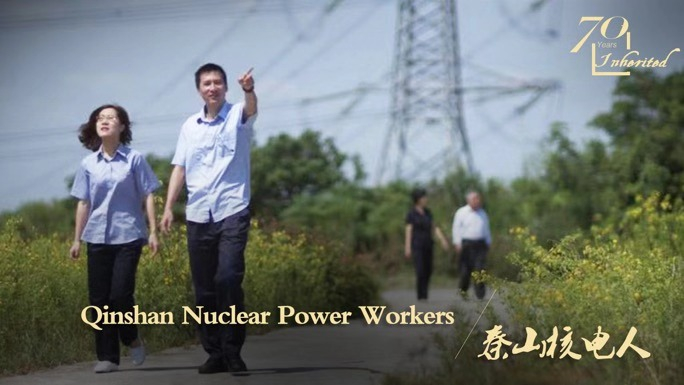
Located in Haiyan County, east China's Zhejiang Province, the Qinshan Nuclear Power Plant is the first nuclear power plant designed and constructed by China. The construction started on March 20, 1985.
The nuclear power plant's electricity was connected to east China's power gird at 00:15 a.m. on December 15, 1991. It was a groundbreaking achievement and a signal marking the country's entry into the era of nuclear power.
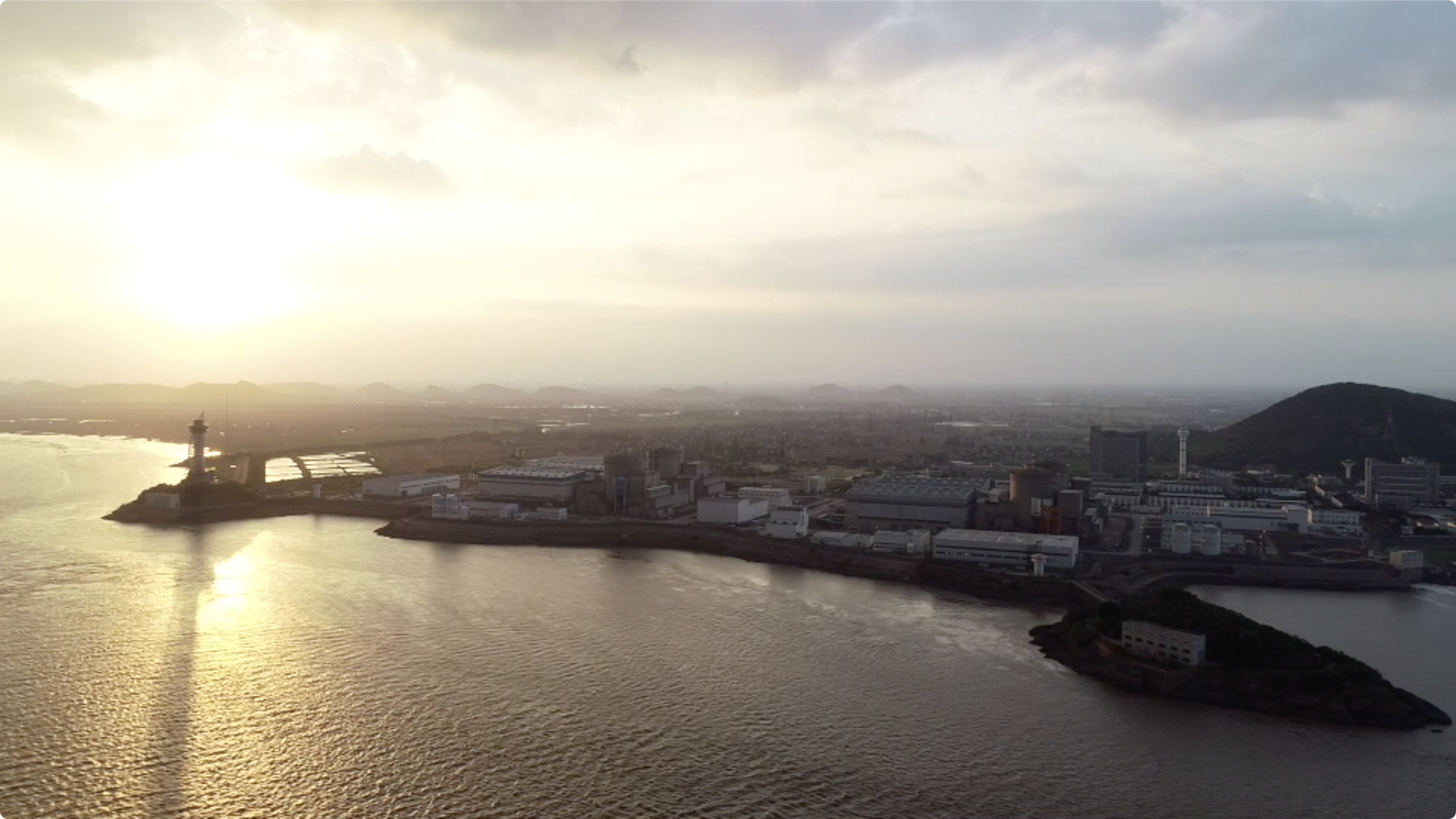
Qinshan Nuclear Power Plant in Haiyan County, east China's Zhejiang Province. / CGTN Photo
Qinshan Nuclear Power Plant in Haiyan County, east China's Zhejiang Province. / CGTN Photo
The Qinshan project was approved at the end of 1982. With a lack of expertise, technologies and equipment, Yu Hongfu, the plant's first general manager, was tasked of constructing a nuclear power plant from scratch.
"The instructions were clear. There were four objectives: master the technologies, gain experiences, train core technicians, and produce power," Yu recalled. "The plant was also the first step in transferring military nuclear technology to civil use in Chinese mainland."
Overcoming difficulties while ensuring safety, quality and schedule controls, the first phase of the plant went into operation, which laid the foundation for China's nuclear power industry. Many of the constructors soon began the second-phase construction, for China's first commercial nuclear power plant designed, constructed, managed and operated domestically.
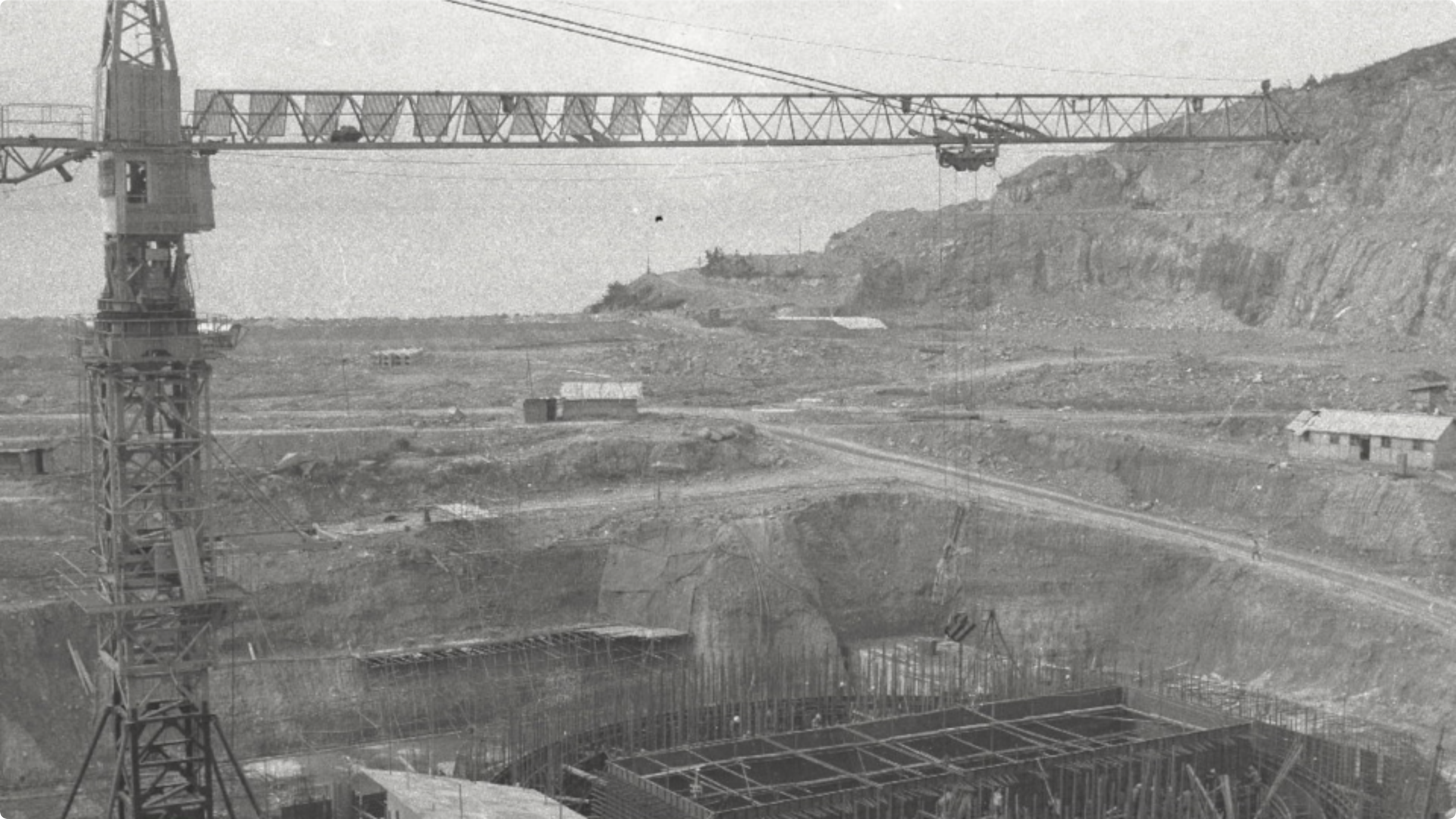
Construction site of Qinshan Nuclear Power Plant. / File
Construction site of Qinshan Nuclear Power Plant. / File
Yu's young daughter Yu Jinhui came to Haiyan with her parents from northwestern China. With her daily life closely linked with the nuclear power plant, it was natural for her to enter the industry. She later took part in the project's second-phase construction.

Yu Jinhui (L) and her father. / CGTN Photo
Yu Jinhui (L) and her father. / CGTN Photo
"In terms of cost control, the government raised the bar for the second phase. We had to use more domestic equipment, while the cost per kilowatt being lower than that of imported equipment," says the younger Yu. "It was quite a challenge for us. But we worked it out with joint efforts and finished the construction ahead of schedule."
Zou Junlei is the husband of Yu Hongfu's granddaughter. After graduation in 2004, he began to work on the reactor's operation at Qinshan plant. He witnessed how China's nuclear power industry entered a new stage.
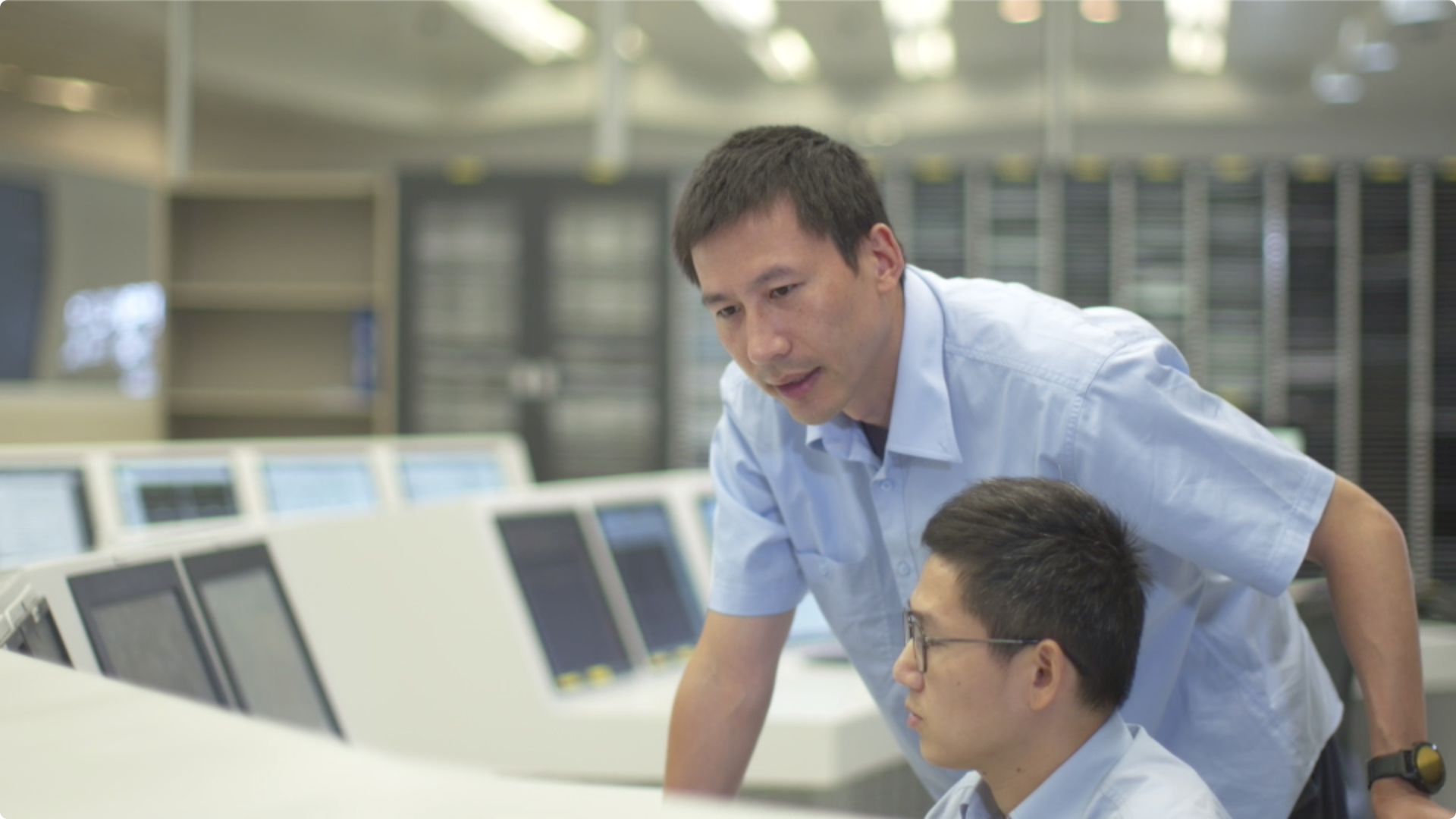
Zou Junlei at work. / CGTN Photo
Zou Junlei at work. / CGTN Photo
"In the beginning of the Qinshan project, we had to send our core technicians to study abroad. Nowadays, we can cultivate them by ourselves. We also helped training many foreign technical personnel, like shift engineers, operators, facility supervisors and maintainers," Zou remarks.
After over 30 years of construction, Qinshan Nuclear Power Base is finally complete with nine operating units, with a total installed capacity of 6,604,000 kilowatts and annual energy output of 50 billion kilowatt-hours.
The Qinshan prototype reactor unit of 300,000 kilowatts, and the Hualong One, a million-kilowatt reactor unit have been exported.
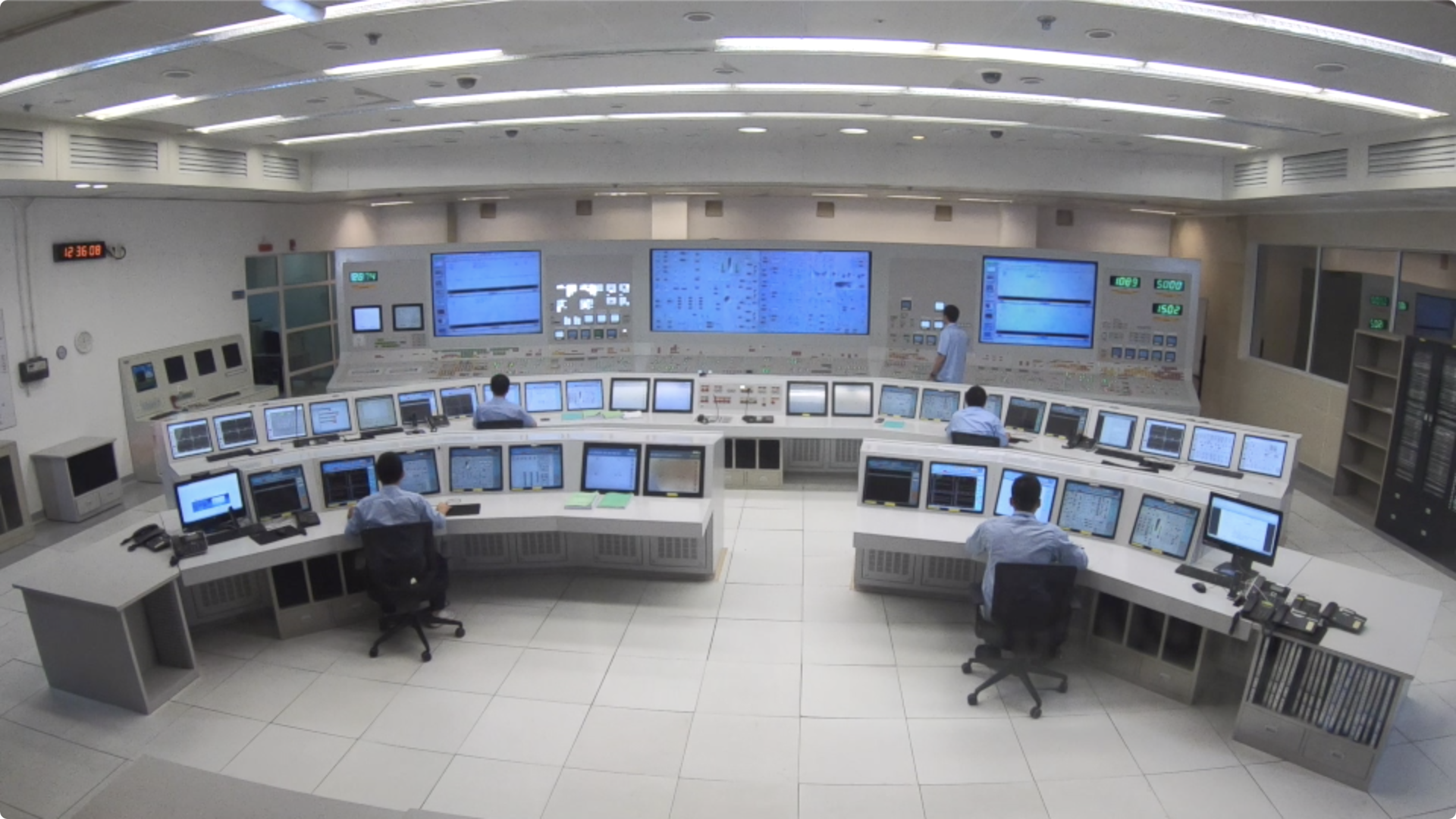
Digitalized control center. / CGTN Photo
Digitalized control center. / CGTN Photo
"My colleagues and I have been through the production planning and the test running. Now that the plant is commercialized, it feels like our kid has grown up. It is overwhelming," says Zou. "Now I understand why our predecessors were so proud and confident. Because they initiated everything."
"Nuclear power is a clean energy with scientific value. It is very promising in the future. I have devoted most of my life to nuclear power, and I hope you could carry on to achieve more in this field for our country." That is Yu Hongfu's wish for the younger generations. He has a dream that with more efforts from future generations, inland cities in China can benefit the clean energy of nuclear power.